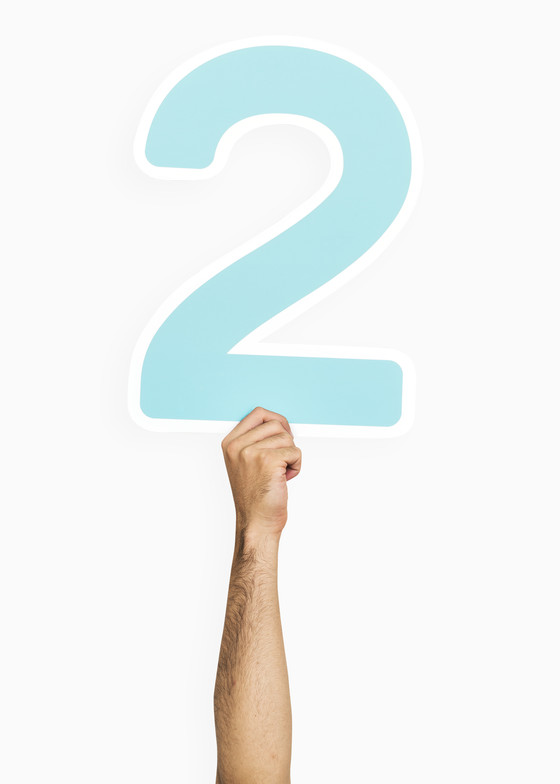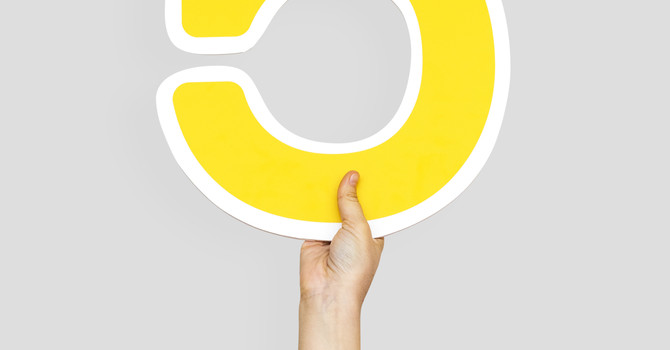
Have you ever felt anxious and then frustrated that you couldn’t just "snap out of it"? You're not alone. Anxiety can be all-consuming because it activates our survival systems. Once that alarm is tripped, the brain struggles to distinguish between a real threat and a perceived one.
When a trigger occurs (a thought, situation, or sensation), it leads to a cascade of responses:
-
Thought: "Something bad is going to happen."
-
Feeling: Fear or dread sets in.
-
Body: Heart races, palms sweat, stomach knots.
-
Behaviour: We avoid, escape, or try to control.
This loop is known as the anxiety cycle, and it often becomes self-reinforcing. The more we avoid the source of anxiety, the more our brain believes it's dangerous. For example, if giving a presentation makes you anxious and you cancel at the last minute, your brain learns, "That was dangerous. Avoid it again."
Anxiety is also fueled by cognitive distortions — those sneaky, automatic thoughts that skew our perception:
-
Catastrophizing: Expecting the worst-case scenario ("If I mess this up, everyone will hate me").
-
Mind Reading: Assuming others are thinking negatively about you ("They must think I’m so awkward").
-
Fortune Telling: Predicting that something bad will happen ("This meeting is going to be a disaster").
Once the cycle starts, the brain's ability to think rationally and calmly diminishes. That’s why anxiety feels like it hijacks us—because biologically, it does.
Reflection: What are your most common anxious thoughts? Try journaling them and see if you can spot any patterns.
.JPEG)
.JPEG)





